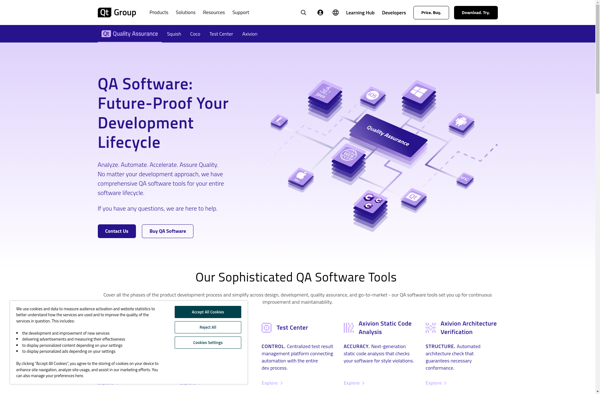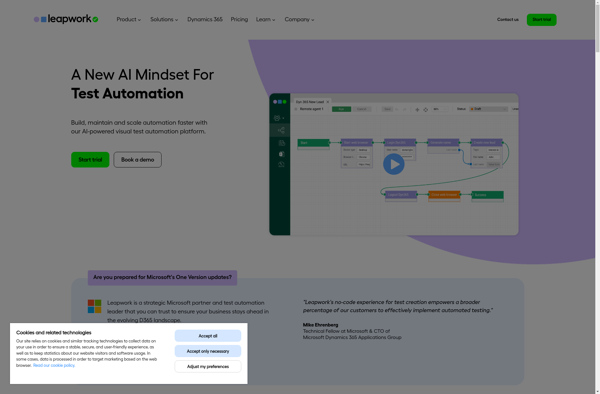Description: Squish GUI Tester is an automated testing tool for graphical user interfaces. It supports various scripting languages and testing frameworks to allow for cross-platform testing of desktop, mobile, and embedded applications.
Type: Open Source Test Automation Framework
Founded: 2011
Primary Use: Mobile app testing automation
Supported Platforms: iOS, Android, Windows
Description: LEAPWORK is an intelligent test automation platform that makes it easy to automate complex business flows across web, mobile, desktop, APIs, and backends. It uses AI and machine learning to generate automation scripts with no coding required.
Type: Cloud-based Test Automation Platform
Founded: 2015
Primary Use: Web, mobile, and API testing
Supported Platforms: Web, iOS, Android, API

